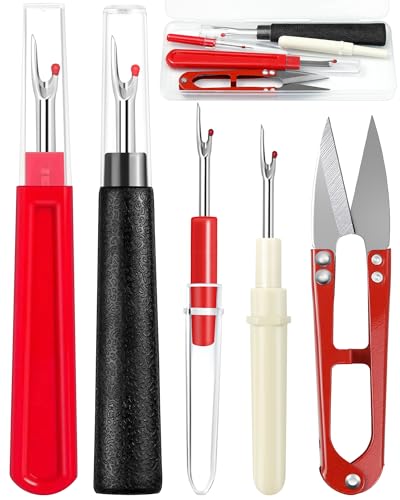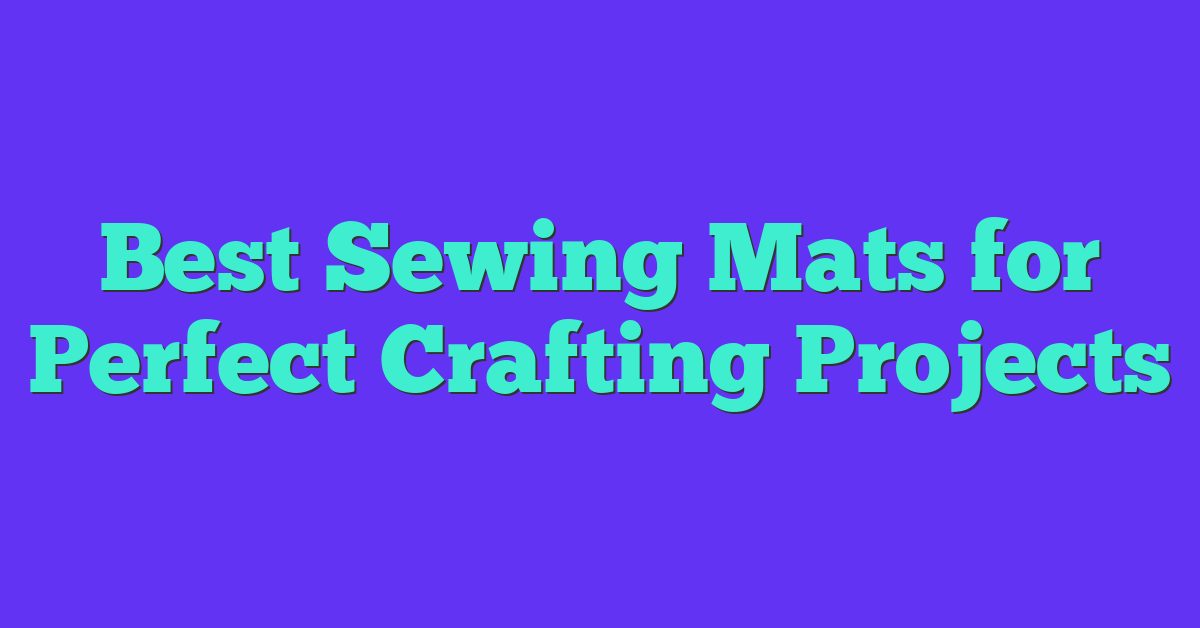Have you ever looked at old curtains and thought they could be so much more? Turning your window treatments into stylish clothing is a creative and sustainable way to refresh your wardrobe. With a bit of imagination and some basic sewing skills, you can transform those fabrics into unique pieces that reflect your personal style.
Upcycling curtains not only helps reduce waste but also gives you one-of-a-kind garments that stand out. Imagine wearing a dress or a jacket made from fabric you already have at home. It’s a fun project that challenges your creativity and supports eco-friendly fashion. Ready to embark on your upcycling journey? Let’s explore how you can turn those drapes into dazzling outfits.
Benefits of Upcycling Curtains into Clothing
Sustainability
Upcycling curtains reduces textile waste, minimizing landfill contributions and lowering your carbon footprint by reusing existing fabrics instead of producing new ones.
Cost-Effective
Transforming old curtains into clothing saves money on purchasing new materials. You make the most of what you already have, turning unused fabrics into valuable garments.
Unique Designs
Creating clothing from curtains allows you to design one-of-a-kind pieces. You showcase personal style with distinctive patterns and textures that stand out from mass-produced fashion.
Skill Development
Engaging in upcycling projects enhances your sewing, embroidery, and crafting skills. Each garment you create builds your expertise and boosts your confidence in custom clothing design.
Resourcefulness
Upcycling encourages creativity and resourcefulness by repurposing materials that might otherwise be discarded. You cultivate a mindset of innovation, finding new uses for everyday items.
Environmental Impact
By reusing fabrics, you decrease the demand for new textile production, which conserves natural resources and reduces pollution associated with manufacturing processes.
Personal Satisfaction
Creating your own clothing from curtains provides a sense of accomplishment. You take pride in wearing garments that reflect your creativity and effort.
Versatility
Curtains come in various materials and patterns, offering endless possibilities for different types of clothing. You can experiment with diverse styles, from casual dresses to elegant scarves.
Community Benefits
Sharing your upcycling creations can inspire others to adopt sustainable practices. You contribute to a community that values environmental responsibility and creative expression.
Economic Advantages
Upcycling supports local economies by reducing the need for mass-produced clothing. You invest in sustainable fashion practices that benefit both you and the broader community.
Selecting the Right Curtains for Upcycling
Choosing the perfect curtains sets the foundation for successful upcycled clothing. Start by evaluating fabric type. Cotton, linen, and velvet blend well into garments, offering durability and comfort. Avoid heavy materials like blackout or thermal curtains unless you intend to create structured pieces.
Check the pattern and color. Solid colors provide versatility, while bold patterns add unique flair. Stripes, florals, and geometric designs can translate into eye-catching clothing items. Ensure the pattern aligns with your design vision and complements your existing wardrobe.

Assess the condition of the curtains. Look for fabrics free from stains, tears, and excessive wear. High-quality curtains in good condition reduce the need for extensive repairs and ensure a polished final product. Pre-washed curtains prevent shrinkage and color bleeding during garment construction.
Measure the fabric dimensions. Calculate the total usable fabric by considering window size and pattern repeat. Standard curtains typically offer enough material for multiple clothing pieces, such as dresses, skirts, and tops. Accurate measurements help plan your projects and minimize fabric waste.
Consider the weight and drape. Lightweight curtains suit flowing garments like skirts and blouses, while heavier fabrics work for structured items like jackets and pants. Matching fabric weight to your clothing design enhances the garment’s fit and movement.
Source curtains with minimal lining. Unlined or partially lined curtains simplify the upcycling process, reducing extra layers that can complicate sewing. If you prefer lined garments, choose curtains with removable linings to customize according to your project needs.
By carefully selecting the right curtains, you ensure a smooth upcycling journey and create stylish, sustainable clothing tailored to your taste.
Essential Tools and Materials
« 10 Best Online Communities for Sewing Education Every Sewist Should Join
What Is a Tailor’s Ham and How to Use It: Secrets Every Seamstress Should Know »
To successfully upcycle curtains into clothing, gather the following essential tools and materials:
Tools
- Sewing Machine
Enables precise stitching for durable garments. Choose one with multiple stitch options for versatility.
- Fabric Scissors
Provides clean, accurate cuts. Use separate scissors exclusively for fabrics to maintain sharpness.
- Measuring Tape
Ensures accurate measurements for pattern fitting and garment sizing.
- Pins and Pin Cushion
Secures fabric pieces before sewing. Opt for stainless steel pins to prevent rusting.

- Needles and Thread
Essential for both machine and hand sewing. Select thread that matches your curtain fabric for seamless integration.
- Iron and Ironing Board
Presses seams and fabric for a professional finish. A steam iron is recommended for best results.
- Seam Ripper
Allows easy removal of stitches during adjustments or corrections.
Materials
| Material | Purpose |
|---|---|
| Curtain Fabric | Primary material for creating garments. Select durable types like cotton or linen. |
| Patterns | Guides for cutting fabric into specific garment shapes. Choose patterns that match your design vision. |
| Buttons and Zippers | Functional and decorative elements for closures and accents. Choose hardware that complements the fabric. |
| Interfacing | Adds structure to garments such as collars or cuffs. Select based on fabric weight and desired stiffness. |
| Thread | Matches fabric color for cohesive stitching. Use high-quality thread for longevity. |
Additional Supplies
- Fabric Chalk or Markers
Marks cutting lines and pattern placements without damaging the fabric.
- Rotary Cutter and Cutting Mat
Facilitates quick and accurate fabric cutting, especially for straight lines and multiple layers.
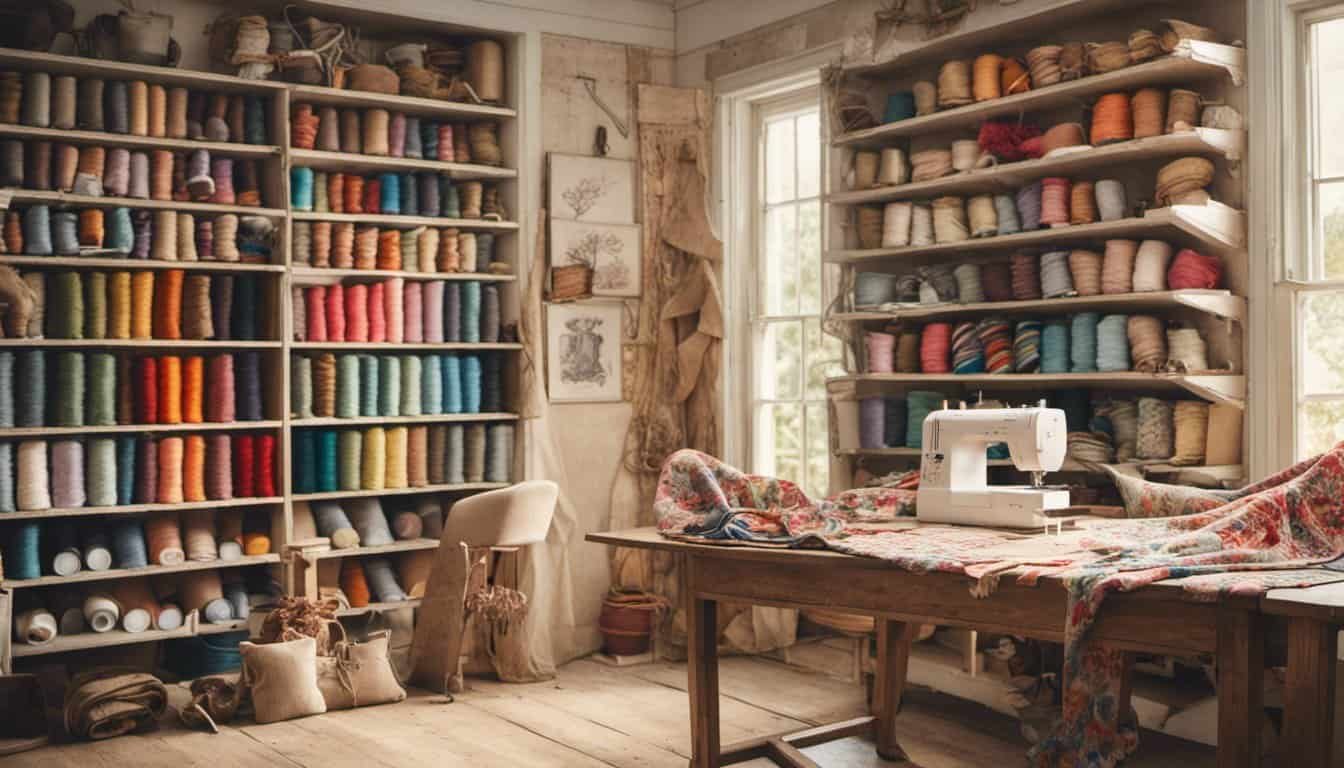
- Pins and Clips
Holds fabric pieces together securely before sewing.
Having these tools and materials on hand ensures a smooth upcycling process, allowing you to create stylish, sustainable clothing from your old curtains with ease.
Step-by-Step Upcycling Process
Transforming curtains into clothing involves several key steps. Follow this process to create your unique garment.
Preparing the Curtains
Select curtains made of durable fabrics like cotton or linen. Wash and iron the fabric to remove wrinkles and ensure cleanliness. Measure the curtain dimensions accurately to match your garment pattern. Mark any patterns or designs that will guide your cutting process.
Cutting and Sewing Techniques
Use fabric scissors for precise cuts along your marked lines. Pin the fabric layers together to prevent shifting during sewing. Operate your sewing machine with consistent stitch lengths for strength and durability. Sew seams carefully, ensuring edges are secure and neat.
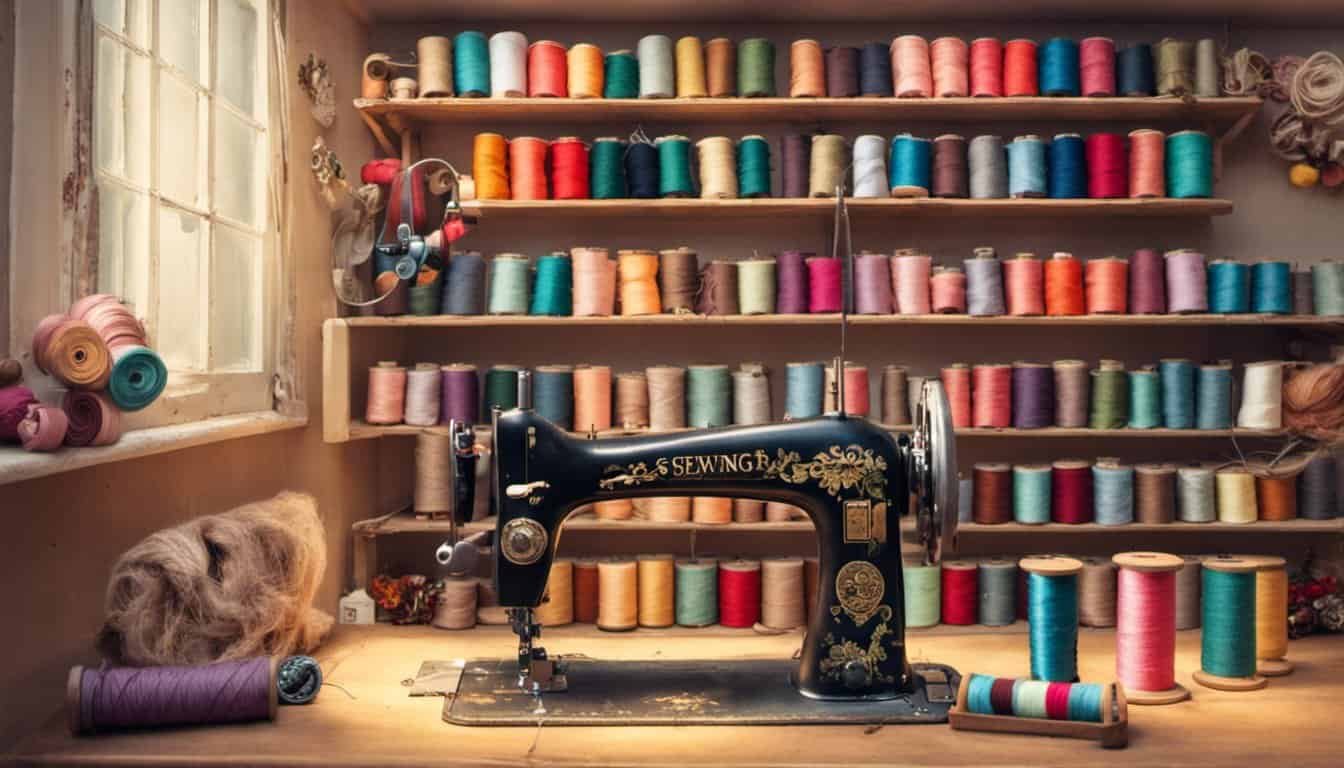
Finishing Touches
Add buttons, zippers, or other closures to complete your garment. Hem the edges to achieve a professional look and prevent fraying. Press the finished clothing item with an iron for a polished appearance. Inspect the garment for any required adjustments to ensure a perfect fit.
Design Inspirations and Ideas
Transforming curtains into clothing opens a world of creative possibilities. Start by selecting patterns that complement your style, such as floral prints for dresses or geometric designs for jackets. Utilize vibrant colors to make statement pieces or opt for neutral tones for versatile wardrobe additions.
Explore various garment types you can create from curtains. Dresses offer full-length elegance, skirts provide flowy silhouettes, and blouses add a touch of sophistication to your collection. Trousers made from sturdy fabrics like velvet ensure durability and comfort.
Incorporate unique detailing to enhance your upcycled garments. Add pockets to skirts for functionality, embroider intricate designs on tops for a personalized touch, or use lace trims on dresses for a delicate finish. Combining different curtain fabrics can create contrasting panels, adding depth and interest to your clothing.
Consider seasonal adaptations when designing your pieces. Lightweight cotton curtains are ideal for summer dresses and blouses, offering breathability and comfort. Heavier materials like linen and velvet suit winter coats and skirts, providing warmth and structure.

Utilize creative cutting techniques to maximize fabric use. Pattern cutting ensures precision and minimizes waste, while asymmetrical designs introduce modern flair. Layering fabric pieces can add texture and dimension to your garments, making each piece unique.
Experiment with closures and fastenings to personalize your clothing. Replace standard buttons with decorative alternatives, incorporate zippers for a sleek look, or use ties and belts to adjust fit and style. These elements not only enhance functionality but also contribute to the overall aesthetic of your upcycled clothing.
By exploring these design inspirations and ideas, you can create stylish, sustainable garments that reflect your personal taste and creativity.
Overcoming Common Challenges
Upcycling curtains into clothing involves several challenges. Addressing each ensures successful projects.
Fabric Adaptation
Adjusting curtain fabric to garment patterns requires precision. Heavy fabrics suit structured pieces like jackets, while lighter materials fit flowy dresses. Measure accurately to fit your sizing requirements.

Pattern Alignment
Aligning patterns such as stripes or prints enhances garment aesthetics. Ensure patterns match across seams to maintain continuity. Use pattern-matching techniques to achieve seamless designs.
Sewing Techniques
Handling various fabric weights demands appropriate sewing techniques. Thicker fabrics need stronger needles and multiple stitching passes. Test stitches on fabric scraps to ensure durability.
Removing or Integrating Linings
Curtains often include linings that may complicate garment construction. Decide whether to remove them for simplicity or integrate them for added structure. Removing linings reduces material bulk, while integrating can provide additional fabric strength.
Closure Selection
Choosing the right closures affects garment functionality and style. Zippers, buttons, and hooks vary in compatibility with different fabrics. Select closures that complement your design and ensure ease of use.
Durability and Finishing
Reinforcing seams and edges enhances garment longevity. Double-stitch seams and hem edges to prevent fraying. Quality finishes contribute to the professional look of your upcycled clothing.

Sustainable Fashion and Environmental Impact
Sustainable fashion minimizes environmental harm by promoting eco-friendly practices. Upcycling curtains into clothing plays a vital role in this movement. When you repurpose old fabrics, you reduce textile waste significantly. According to the Environmental Protection Agency, textiles account for 5% of landfill waste in the United States.
Environmental Benefits
- Waste Reduction
Repurposing curtains diverts fabrics from landfills, decreasing overall waste.
- Resource Conservation
Using existing materials conserves water, energy, and raw resources needed for new textile production.
- Carbon Footprint
Upcycling lowers greenhouse gas emissions by minimizing the demand for new fabric manufacturing.
- Pollution Prevention
Reducing the production of new textiles lowers air and water pollution associated with dyeing and processing.
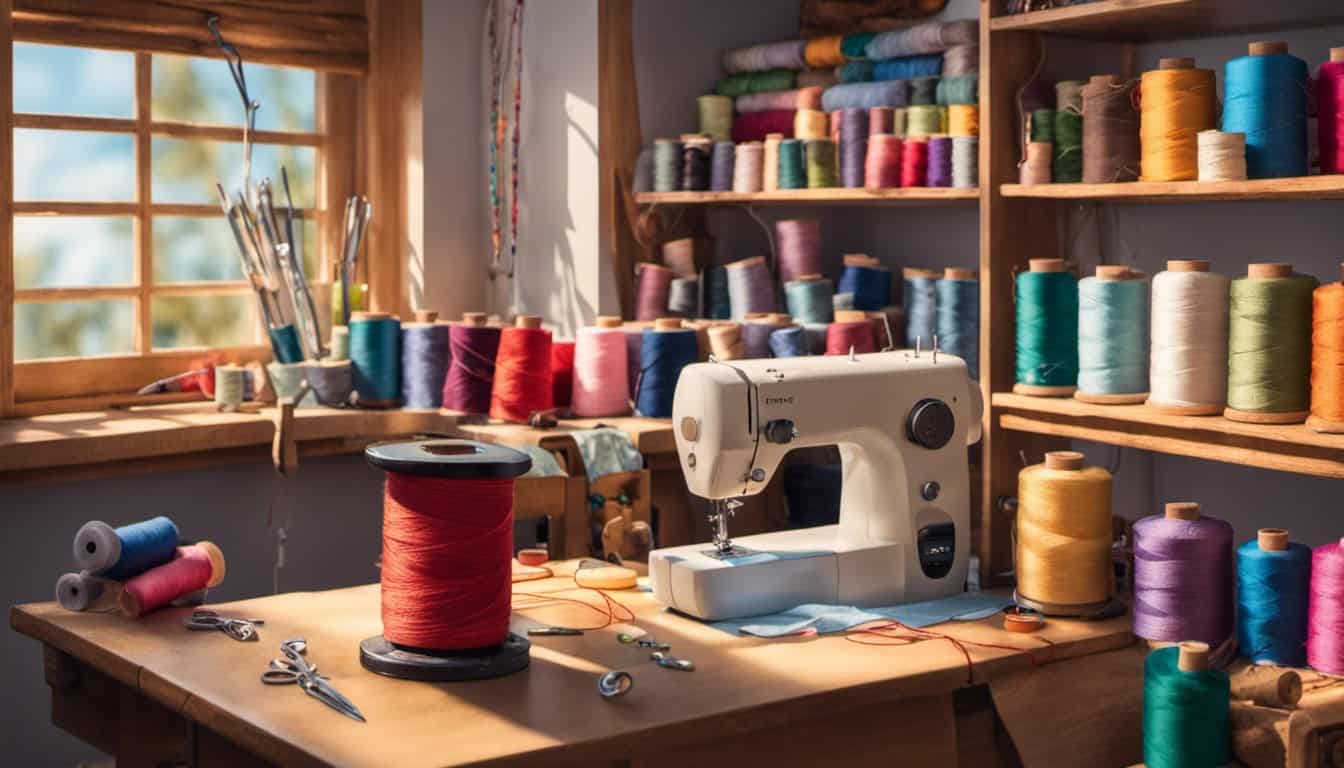
Textile Waste Statistics
| Statistic | Value |
|---|---|
| Annual Textile Waste in the US | 11.3 million tons |
| Percentage of Total Waste | 5% |
| Water Usage for Cotton Production | 2,700 liters per shirt |
| Greenhouse Gas Emissions | Equivalent to 2.1 billion passenger vehicles annually |
By upcycling curtains, you contribute to a more sustainable fashion industry. Each garment you create from reused fabrics lessens the environmental impact, supporting a healthier planet.
Conclusion
Taking on an upcycling project lets you embrace your creativity and make something truly yours You’ll feel great knowing you’re helping the environment and adding unique pieces to your wardrobe
Start today and see how transforming curtains can refresh your style It’s a rewarding journey that combines fashion with sustainability











